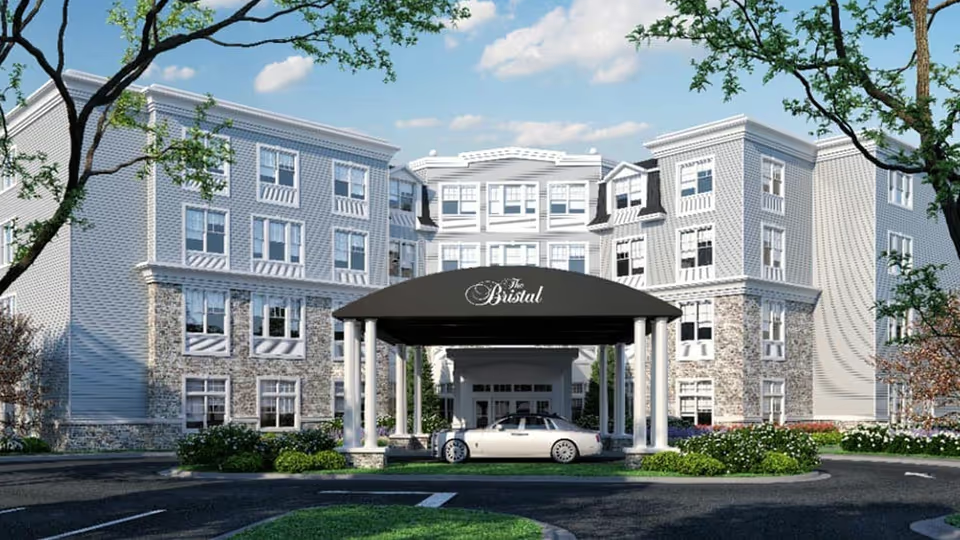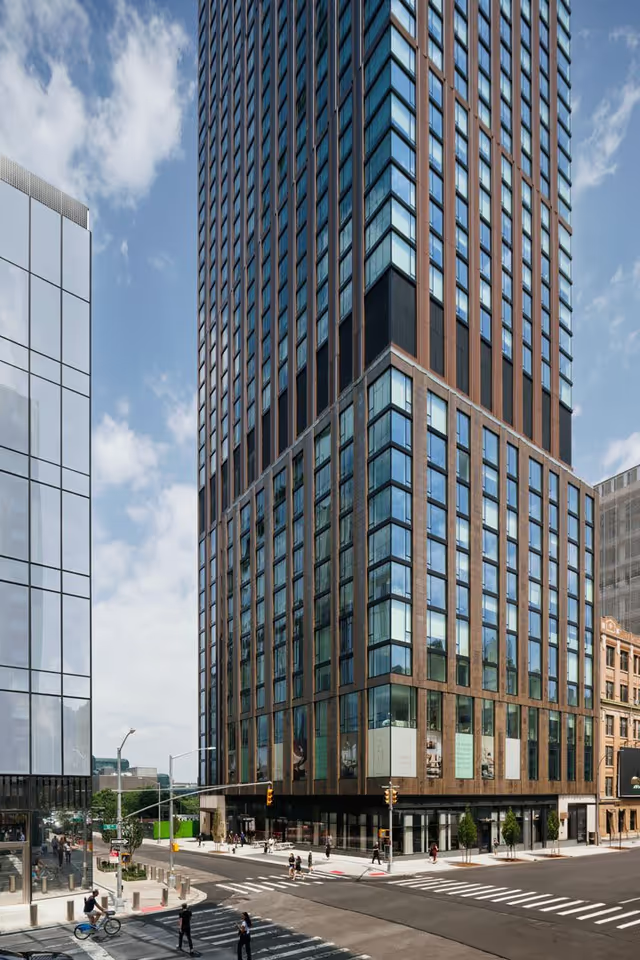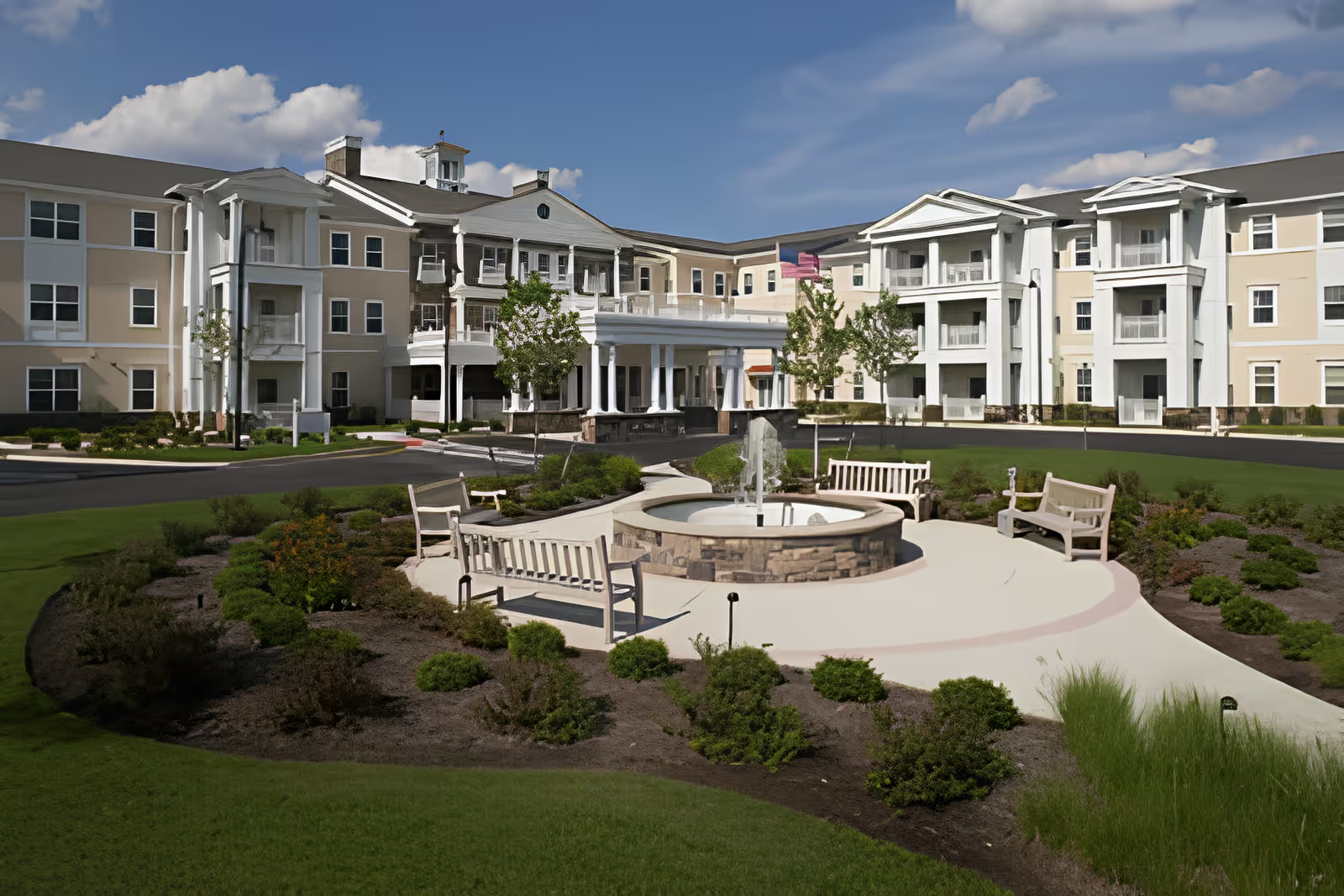Overall impression: Reviews of Granville Center for Rehabilitation and Nursing show a mix of predominantly positive experiences with notable and recurring concerns. Many reviewers praise the staff, cleanliness, food, and activities, and several families express satisfaction with the daily care and living environment. At the same time there are multiple, specific complaints about clinical responsiveness, communication, medical oversight, and safety/administrative issues that are significant enough to warrant attention.
Staff and direct care quality: The most frequently mentioned positive theme is the staff. Numerous reviews describe staff members, aides, and nurses as friendly, helpful, and attentive. Families report that nurses and aides provide good hands-on care and that staff members frequently update relatives about residents’ status. Several reviewers explicitly state that the facility is cleaner and better than a previous placement, and that their loved ones are well cared for. However, this positive picture coexists with criticisms: a subset of reviewers report poor bedside manner from some nursing staff and from the attending physician, and there are mentions of delayed help after pressing call buttons. These contrasting comments suggest variability in staff performance — many employees appear compassionate and effective, but there are occasional lapses in responsiveness and interpersonal care.
Medical oversight and clinical concerns: A recurring clinical concern is limited physician availability. Multiple reviewers note the doctor is on-site only once a week and that some families feel the physician does the the minimum. Complaints include inadequate medical testing (for example, no investigations for stomach issues or anxiety-related symptoms) and perceived minimal intervention when residents report problems. There are also troubling safety and administrative incidents: at least one review reports a resident falling out of bed and the family not being notified, and another cites a past fall that resulted in cracked ribs. One review alleges that a healthcare proxy was signed when the resident was mentally unable, which raises serious legal/ethical concerns. Taken together, these items point to potential gaps in clinical vigilance, incident reporting, and administrative safeguards.
Communication and family engagement: Communication is a mixed theme. Some families report receiving regular updates and clear communication, while others say communication is limited unless they proactively ask questions. The facility is praised in some cases for providing care updates, but multiple reviews call out a lack of proactive notification about hospital visits and safety incidents. This inconsistency may contribute to family anxiety and a sense of mistrust when adverse events occur or when medical issues are not communicated promptly.
Facilities, rooms, and dining: Physical facilities and accommodations receive generally favorable comments. Reviewers describe rooms as nice, clean, and well-appointed (including TVs, phones, large closets, and private bathrooms). Meals are commonly praised for taste and portion size. Activities such as live bands, bingo, and chess are appreciated and seen as a positive aspect of resident life. However, dining logistics are criticized: the dining room is described as overcrowded with insufficient space, which sometimes leads to trays being delivered to rooms. A few comments mention a lack of basic in-room amenities at times, such as chairs or water being offered. Double-occupancy arrangements are noted; one review labels a double room as nice, but overcrowding in shared spaces (like the dining room) is a repeated issue.
Logistics and transportation: Several reviewers note inadequate transportation for off-site doctor appointments, which can affect continuity of care and access to external medical services. Combined with limited on-site physician availability, this shortfall may increase reliance on families to coordinate and transport residents to appointments or lead to delays in needed care.
Patterns and severity: The reviews show a pattern of strong day-to-day caregiving by many staff balanced against recurring systemic issues: limited physician presence, spotty communication practices, delayed call responses, and at least a few serious safety/administrative incidents (falls, alleged improper signing of a proxy). The positive comments about food, activities, room quality, and many compassionate staff members indicate that the facility offers a good baseline living environment. Nevertheless, the medical oversight and communication problems are substantial and carry the highest risk to resident well‑being.
Recommendations based on reviews: To reconcile the strengths and weaknesses apparent in the reviews, the facility would likely benefit from (1) improving physician coverage or creating clearer escalation protocols for clinical concerns between weekly physician visits, (2) standardizing incident notification procedures so families are promptly and proactively informed about falls or hospital transfers, (3) addressing response-time problems for call buttons and increasing staffing or workflows during peak times, (4) reviewing consent and proxy documentation practices to ensure legal and ethical compliance, (5) improving dining-room capacity or scheduling to reduce overcrowding, and (6) enhancing transportation resources for off-site medical appointments. Training focused on bedside manner and family communication could help reduce the variability in interpersonal care reported.
Conclusion: Granville Center appears to provide a generally clean, activity-rich environment with caring staff and good food — factors that many families appreciate. However, significant concerns around medical responsiveness, physician availability, safety incident handling, communication, and certain logistical shortcomings recur in multiple reviews. Prospective residents and families should weigh the documented strengths in daily living and staff kindness against the reported clinical and administrative weaknesses, and when possible discuss these specific issues with facility leadership to understand current policies and any corrective actions already underway.







